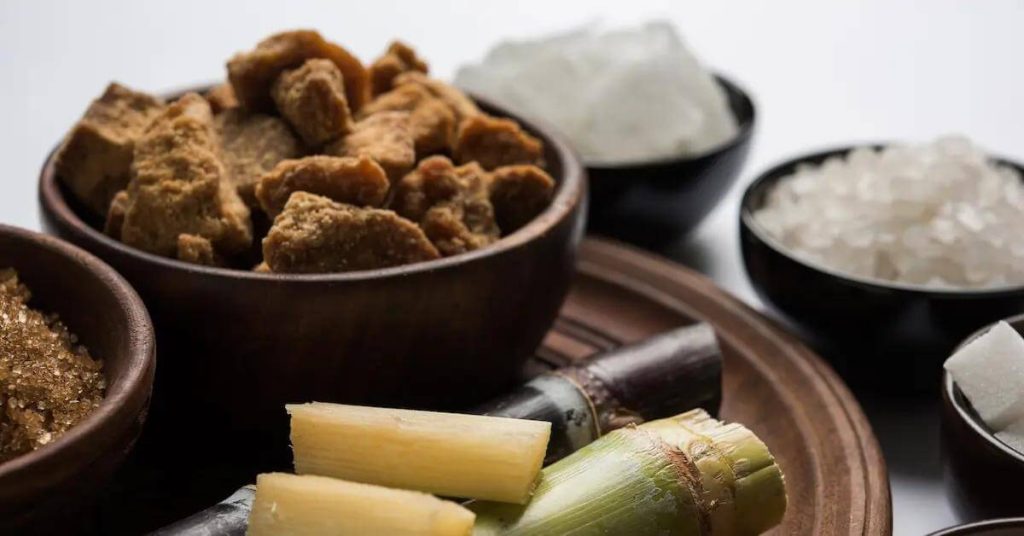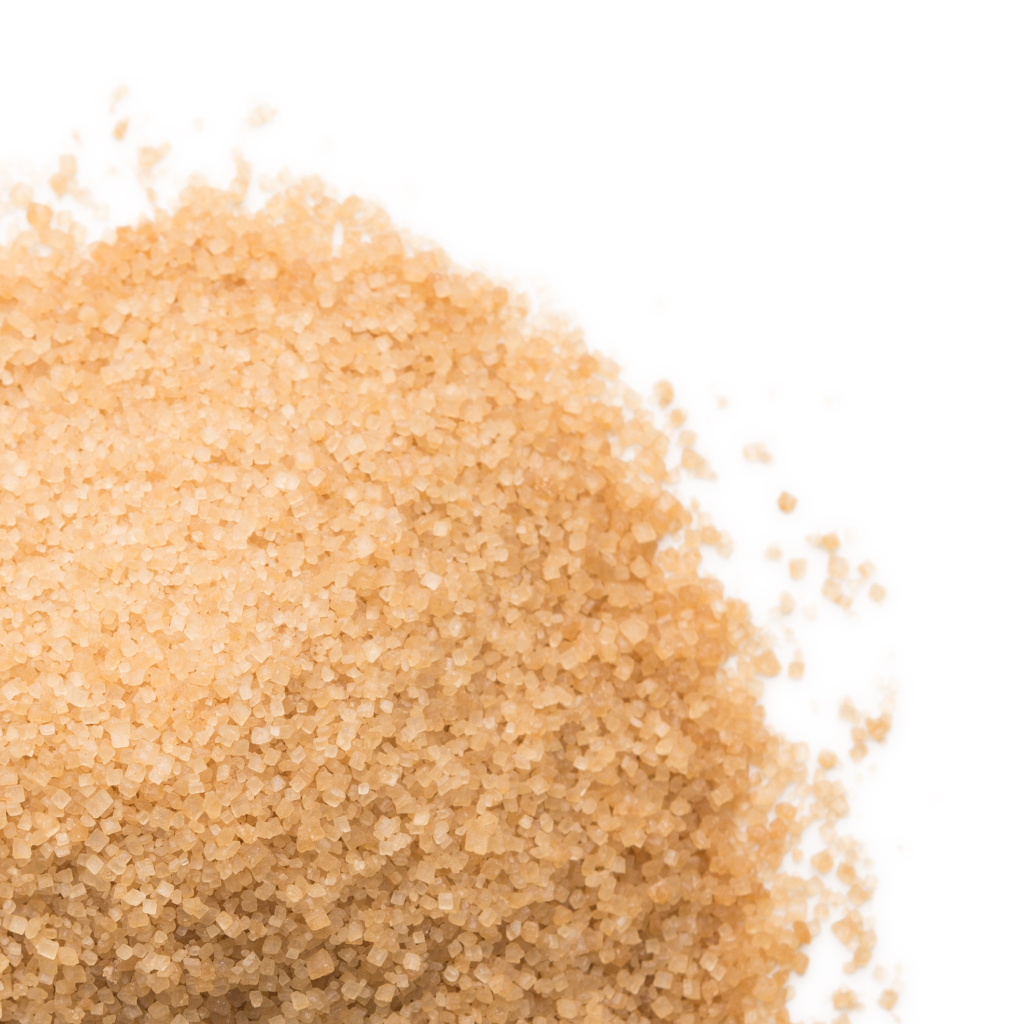Understanding Cane Sugar Processing: A Comprehensive Review of the Stages
Discovering the Comprehensive Tips Included in Cane Sugar Handling From Harvesting to Refinement
The process of walking stick sugar manufacturing encompasses a collection of complex steps, beginning with the cautious harvesting of sugarcane and finishing in the improvement stages that make certain the final product satisfies industry criteria. Each phase, from the extraction of juice to the purification and formation processes, plays an important duty in identifying the high quality and personality of the sugar.
Harvesting Sugarcane
Collecting sugarcane is a critical action in the cane sugar handling chain, as it directly influences the quality and return of the end product. Correct timing and strategies are essential throughout this stage to guarantee optimum sugar material and lessen losses. Commonly, sugarcane is collected when it gets to maturation, normally 12 to 18 months after growing, identified by a high sucrose focus.

Post-harvest, the sugarcane should be processed swiftly to avoid sucrose degradation. Preferably, collected walking cane needs to be moved to refining facilities within 24 hr to protect sugar high quality. As a result, efficient logistical planning is crucial to keep the integrity of the collected plant throughout the supply chain.
Removal Refine

The crushed walking cane is subjected to a series of pressing procedures to take full advantage of juice recuperation. Typically, warm water is splashed onto the smashed walking cane, producing a countercurrent flow that assists liquify the sugar while additionally helping in the extraction process. The juice gathered from this operation contains not just sugar however additionally different natural compounds and contaminations.

To enhance extraction effectiveness, some centers might use diffusion approaches, where the sugarcane is saturated in hot water, enabling the soluble sugars to diffuse into the liquid. The resulting juice, rich in sucrose, is then directed to succeeding handling stages, laying the structure for filtration and improvement. The extraction process is thus essential in determining the quality and yield of the final sugar product.
Filtration Methods
The filtration strategies used in cane sugar processing are essential for changing the raw juice right into a premium sugar item. These techniques mostly intend to remove pollutants, such as dirt, plant materials, and not natural materials, which can detrimentally impact the end product's taste and shade.
Among the most usual filtration strategies is explanation. This process involves adding lime and warmth to the raw juice, which promotes the coagulation of impurities. The resulting precipitate is after that gotten rid of via sedimentation or filtration, generating a more clear juice. Furthermore, making use of phosphoric acid can improve the information process by further binding pollutants.
One more considerable technique is carbonatation, where co2 is introduced to the made clear juice. This response creates calcium carbonate, which records staying pollutants and promotes their removal.
Additionally, triggered carbon therapy might be related to adsorb any type of continuing to be colorants and organic impurities, making sure a more polished item. The combination of these methods effectively prepares the sugar juice for succeeding steps in the refining process, setting the stage for the manufacturing of high-grade walking cane sugar.
Condensation Approaches
After the filtration phase, the next vital action in walking cane sugar processing involves formation techniques, which play an essential role in changing the made clear juice right into strong sugar. This process commonly utilizes 2 main approaches: spontaneous crystallization and controlled formation.
In spontaneous formation, supersaturated sugar options are allowed to cool down naturally, leading to the development of sugar crystals over time. This approach allows for the consistent growth of sugar crystals and higher pureness.
During formation, the clarified juice is focused through evaporation, boosting its sugar content up until it gets to supersaturation. When this point is accomplished, either approach can help with the crystallization process. Cane Sugar Processing. The resultant sugar crystals are after that separated from the remaining syrup via centrifugation
Eventually, the choice of crystallization approach impacts the quality, size, and purity of the last sugar item, making this step vital in the total walking stick sugar handling treatment.
Improvement and Packaging
Exactly how can the pureness and quality of walking stick sugar be additionally boosted after formation? The improvement process plays an essential function in accomplishing premium walking stick sugar. Complying with formation, sugar undergoes an extensive washing to eliminate impurities and residual molasses. This is normally achieved using warm water or vapor, which helps useful source dissolve and remove unwanted components while preserving the sugar crystals.
Next, the sugar is subjected to a process called centrifugation, where it is spun at broadband to divide the detoxified sugar crystals from the remaining liquid. After centrifugation, the sugar is usually additional improved through a technique called carbonization or phosphatation, which utilizes triggered carbon or phosphoric acid to get rid of color and off-flavors.
Once refined, the sugar is dried out to achieve the preferred wetness content, making certain that it stays secure during storage and transport. The final action includes product packaging more info here the refined sugar in moisture-proof and closed containers to maintain its top quality and avoid contamination. Cane Sugar Processing. Appropriate product packaging not just prolongs life span however also promotes very easy handling and distribution, ensuring that consumers get sugar that satisfies the highest possible requirements of pureness and high quality
Conclusion
The thorough actions associated with walking cane sugar handling, from the precise harvesting of sugarcane to the elaborate improvement and packaging stages, highlight the significance of each stage in making sure high-quality sugar production. Optimal harvesting techniques, efficient extraction methods, and strenuous filtration procedures jointly add to the last product's pureness and security. The condensation and succeeding product packaging methods even more enhance the integrity and service life of the sugar, highlighting the complexity and accuracy fundamental in this vital farming industry.
The procedure of cane sugar production encompasses a collection of detailed steps, starting with the careful harvesting of sugarcane and finishing in the refinement stages that make certain the final item fulfills industry criteria. Ideally, gathered walking cane should be delivered to refining facilities within 24 hours to maintain sugar quality.In spontaneous crystallization, supersaturated sugar services are permitted to cool normally, leading to the development of sugar crystals over time - Cane Sugar Processing. The improvement procedure plays a crucial duty in attaining top notch cane sugar.The extensive actions involved in walking click site stick sugar processing, from the meticulous harvesting of sugarcane to the detailed refinement and packaging phases, highlight the value of each stage in making certain premium sugar manufacturing